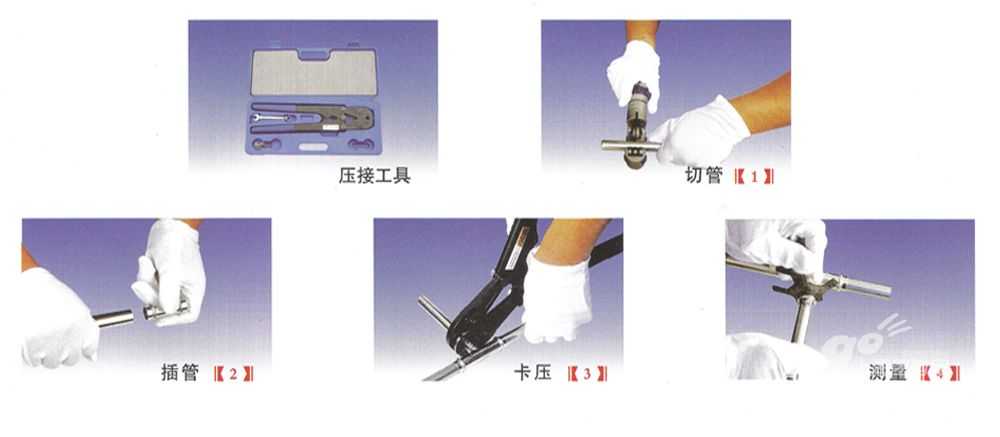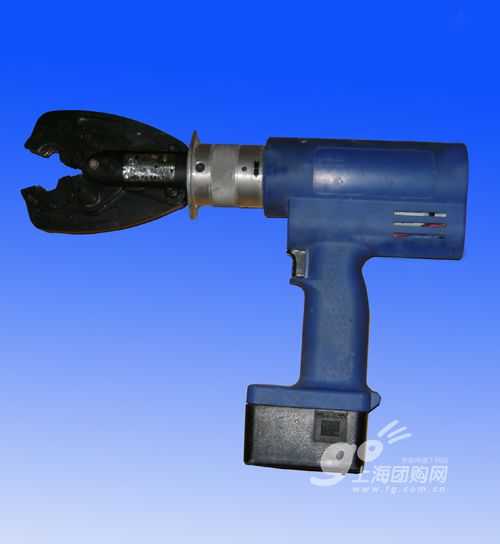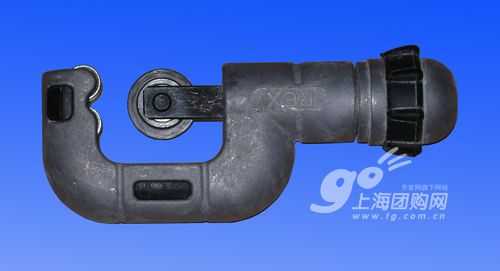Stainless steel material is a well-known health material that can be implanted in the human body. The use of stainless steel as a material for manufacturing water pipes has been a successful application record for many years in developed countries. In particular, the thin-walled stainless steel pipe is a new choice for water supply pipes, and has become the current trend and direction of development in the world because of its features such as safety, reliability, hygiene, environmental protection, and economical application. Stainless steel pipes are called "the real green pipe of the 21st century." International water pipes have generally experienced the following development process: Lead pipe → Brass pipe → Iron pipe → Galvanized iron pipe → Plastic pipe → Stainless steel pipe Because the original stainless steel water pipe connection mainly depends on the twisted teeth and welding several ways. The strength and hardness of the stainless steel material itself is relatively large, and it is difficult to twist the teeth, and a special cutter device is required. The thicker wall requires a higher price, so it is inconvenient to promote in the home improvement market. The welding connection requires a dedicated welding machine, and requires high technical requirements for the installers. In addition, it is not possible to perform effective protection and handling of the welding points during home installation. Therefore, corrosion of the welding points may occur for a long period of time, resulting in water leakage. Nowadays, it is possible to apply stainless steel as a water pipe to the homes of ordinary people. Drinking water in pipelines is tap water or raw water that meets drinking water standards. After deep purification, it is transported through pipes to supply pure water that users drink directly. There are several types of pipe for water transmission, including modified polypropylene plastic pipe (PPR) and stainless steel pipe. Among them, the compression-type thin-walled stainless steel pipe overcomes the disadvantages of easy deformation of the PPR pipe, which is susceptible to aging due to ultraviolet radiation, and avoids common stainless steel. The need for on-site argon-arc welding, high production costs, with its superior mechanical properties, reasonable prices, ease of installation has become the preferred direct drinking water pipe, the use of broad prospects. Pressed thin-walled stainless steel pipe fittings were first applied in Germany. Due to easy installation and moderate prices, they have now been promoted to the world. The compression-type thin-walled stainless steel pipe is a thin-walled welded water pipe that has been specially welded and specially treated. The connection of the water pipe adopts a special connecting pipe fitting, and the ring-shaped U-shaped groove at the port of the pipe fitting is equipped with an O-ring seal. The stainless steel pipe is inserted into the port of the pipe fitting, and then the special U-shaped groove is used to reduce the diameter of the U-shaped groove convex part, and the water pipe and the pipe piece are pressed into a hexagonal shape to achieve sufficient sealing strength by compressing the sealing ring. After the installation of the general compression type thin-walled stainless steel water pipe, the test water pressure can reach 25KG or more, no leakage water phenomenon will occur, and the water environment can be fully qualified. The following are the applications of stainless steel pipes in several countries in the world: As early as the end of the last century, experts predicted that humanity will enter the age of stainless steel pipes in the new century. Among all kinds of pipes, only stainless steel can meet people's requirements of non-permeability, long-term maintenance, no pollution, antibacterial, environmental protection and high mechanical strength. In the United States, the water purification law passed by the National Assembly in 1996 clearly stipulates that the metal materials used to treat drinking water can only use stainless steel. Therefore, stainless steel pipes are widely used in urban and rural areas in the United States. In Japan, people’s awareness of environmental protection is very strong. For example, in Tokyo, more than 85% of households in Tokyo did not hesitate to remove the original installed copper pipes and various plastic water pipes and replaced them with stainless steel pipes. In Germany, people’s awareness of environmental protection and health is generally strong. More than 80% of residents have installed stainless steel pipes. In Switzerland, large-caliber tap water mains that are buried under roads also have stainless steel pipes. Domestic thin-walled stainless steel pipes are new types of pipes that were introduced in the late 1990s. Due to their features such as safety and hygiene, high strength, good corrosion resistance, durability, long life, maintenance-free, and beautiful appearance, the current development of stainless steel pipes is strong. Has been widely used in building water supply and direct drinking water pipelines. On August 24, 2001, the Ministry of Construction issued the industry standard for CJ/T151 thin-walled stainless steel water pipes and CJ/T152 stainless steel compression-type pipe fittings. The relevant departments have imposed mandatory requirements for five-star hotels to use stainless steel pipes, Olympic venues to use stainless steel pipes, and when medical units replace existing pipes and lay stainless steel pipes. This is because it has the following advantages: The stability of stainless steel pipes can effectively prevent contamination due to material reasons. The stainless steel pipe has high strength, can withstand very good vibration and impact, has the characteristics of no water leakage, no burst, fire prevention, and shock resistance, and is applicable to any water quality. In addition to sterilization and sterilization, it does not need to control the water quality. At the same time, there is no corrosive and dirty exudate, water stays in the pipeline for a long time will not affect the water quality, eliminate secondary pollution. According to China's relevant regulations for individual residences, the useful life of residences is 70 years, that is, stainless steel water pipes can ensure that there is no need for maintenance and replacement in the middle of use. The following is a picture of the construction technology of the pressed stainless steel pipe: Electromotive force crimp tool Cutter Stainless Home Improvement Residential Door Price Door Picture 

